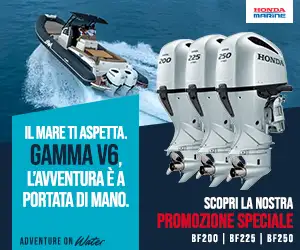
S/Y Perini Belle Brize (ex Corelia)
Seamotion, from Refit to Yacht Management: Interview with Susanna Corsagni
The meeting at the latest edition of the Blue Design Summit in La Spezia with Susanna Corsagni, founder and owner of Seamotion, after a long career at Perini Navi, offered an opportunity to better understand what the role of a buyer’s representative entails today in the world of refit and new builds.
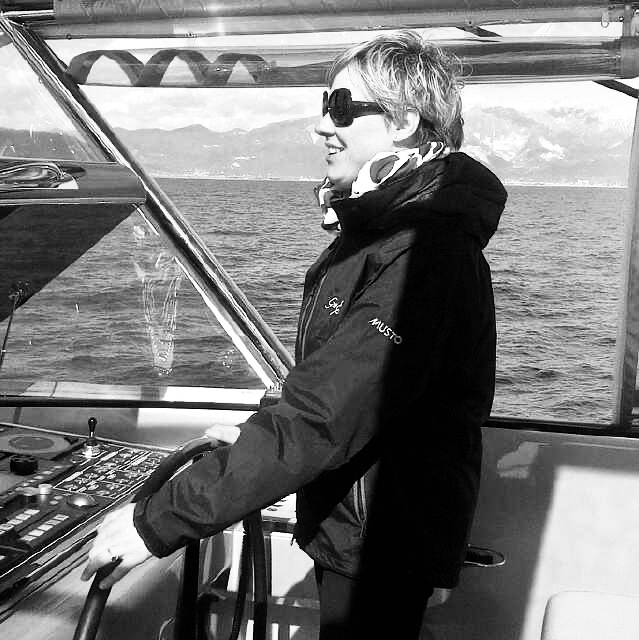
PressMare – The refit world is evolving, and in this context your role is often a bridge between clients, owners, and shipyards. What are the challenges, and where does the added value lie when a client decides to undertake a major refit?
Susanna Corsagni – I’d say visibility is the biggest challenge. Seamotion was established in 2022 because not everyone in this profession takes on the role fully, across the board. Our expertise includes legal, contractual, and financial aspects—broader than that of a surveyor. Often, the owner’s representative is managed by a legal firm, with a technical and financial side. We try, with a small and tight-knit team, to manage the owner and provide all the necessary tools to protect them. My shipyard background helps me play this role, as we act as a link between the owner and the shipyard. As mentioned, visibility is the biggest hurdle, but our firm is becoming increasingly recognized. Just a few weeks ago, a client whose new build I’m supervising asked if I’d take over as yacht manager once the boat is completed. That kind of trust is extremely gratifying.
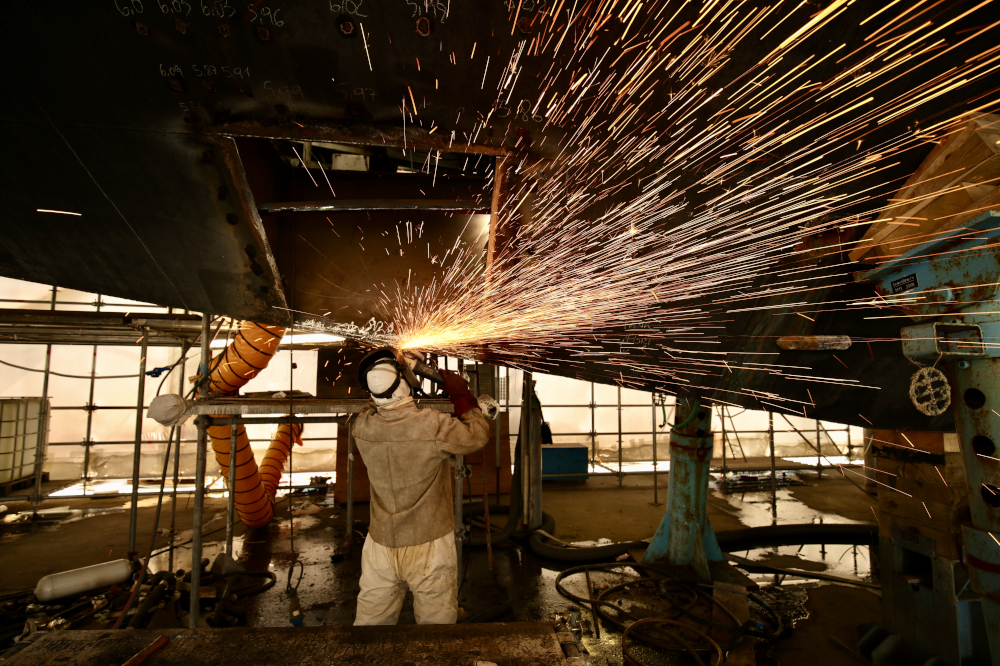
PM – But your activities extend beyond representing owners—you also manage yachts?
SC – Yes, we currently do yacht management for two vessels. It’s quite different from refit work, but we enjoy it and see it as a potential growth area for the company.
PM – How is your relationship with captains?
SC – Captains are usually the main point of contact and manage the yacht directly. But they’re also technical professionals who, after long charters or voyages, find themselves swamped with paperwork at the shipyard. Reading contracts and clauses for hours isn’t easy. We offer support and protection, without ever encroaching on the role of the captain or chief engineer. Some captains have fully understood this and work excellently with us.

PM – Speaking of chief engineers, how do they fit into the picture?
SC – The engineer, the technical lead, is arguably the most important person on board, as many captains themselves acknowledge. More and more often we’re called into projects after the contracts have already been signed, simply to help interpret the documentation. That legal side is a separate, critical layer we handle. It allows the crew to focus on supervising the refit onboard, while we manage contracts and checks from our office, stepping aboard when necessary. It becomes an ideal synergy when everyone understands the dynamic.
PM – In this already complex context, what’s your relationship with brokers?
SC – They are one of our key resources. Brokers call us to help streamline the sale process and to ensure the owner understands what’s involved post-acquisition. It’s often a matter of mediation. Having worked in a shipyard myself, I know how problematic it can be when representatives just want to show off. That’s exactly what we avoid.
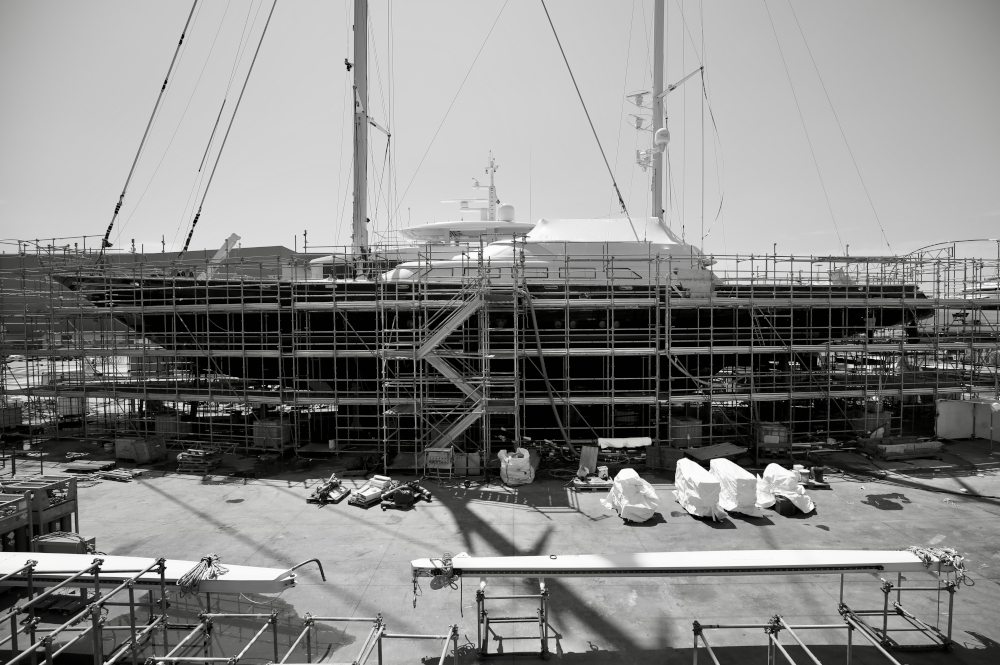
PM – Do you work with both Italian and international yards?
SC – At the moment, only Italian ones. But I’ve visited a shipyard in Greece, and we’ve had a contact from Marseille regarding a large motorsailer—so let’s see what happens.
PM – Given your background, do you receive more requests from sailing yacht clients?
SC – Definitely, though the sailing market is much smaller than motor yachts. Many sailing yacht owners prefer to handle small refits through their captain. Clients come to us for larger, more structured projects with strong technical oversight. There’s more business in the motor yacht segment, obviously, but maintaining our sailing yacht expertise is important—and we’re seeing returns on that already. We want to provide a tailor-made service, focusing on a small number of clients and following them closely and personally.
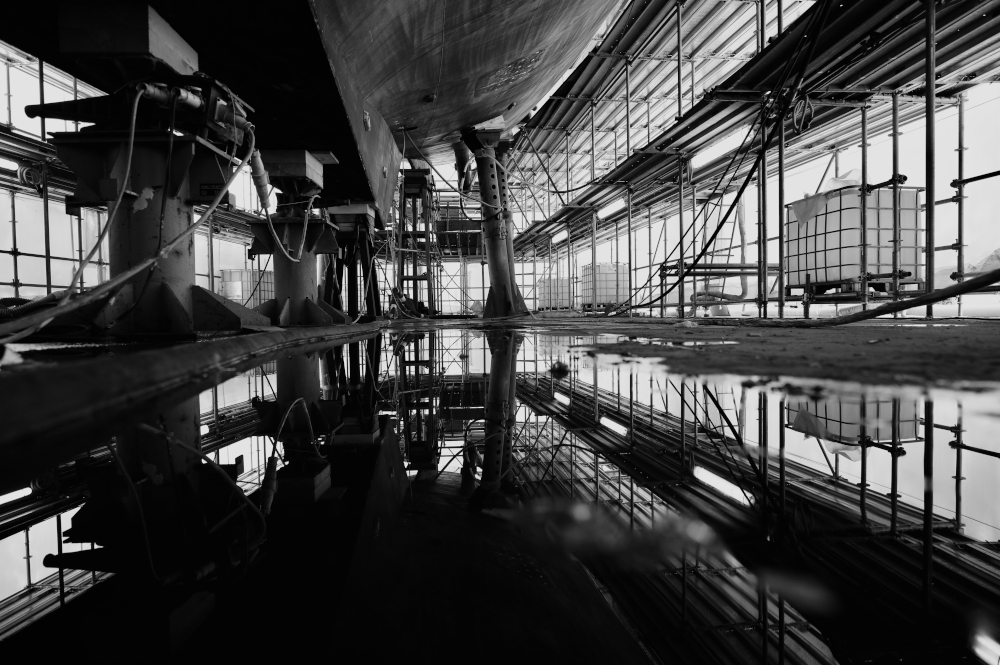
PM – How many yachts are you currently working on?
SC – At the moment, five.
PM – And their sizes?
SC – The smallest is 25 meters. Our specialization is in the 40–70 meter range. We’re not handling gigayachts yet—that’s a different level of expertise. We’re focused on yachts between 40 and 70 meters.
PM – Would you confirm that the refit market is growing in terms of yacht size?
SC – Yes, especially in the gigayacht segment. That’s likely because the cost of buying a new giga or megayacht is considerably higher than refitting a 40–60 meter boat. Also, many owners form a deep emotional bond with their yacht, like with the house they were born in. They prefer to customize and modify it rather than replace it—there’s emotional value, built on lived experience.
Riccardo Masnata
©PressMare - All rights reserved
